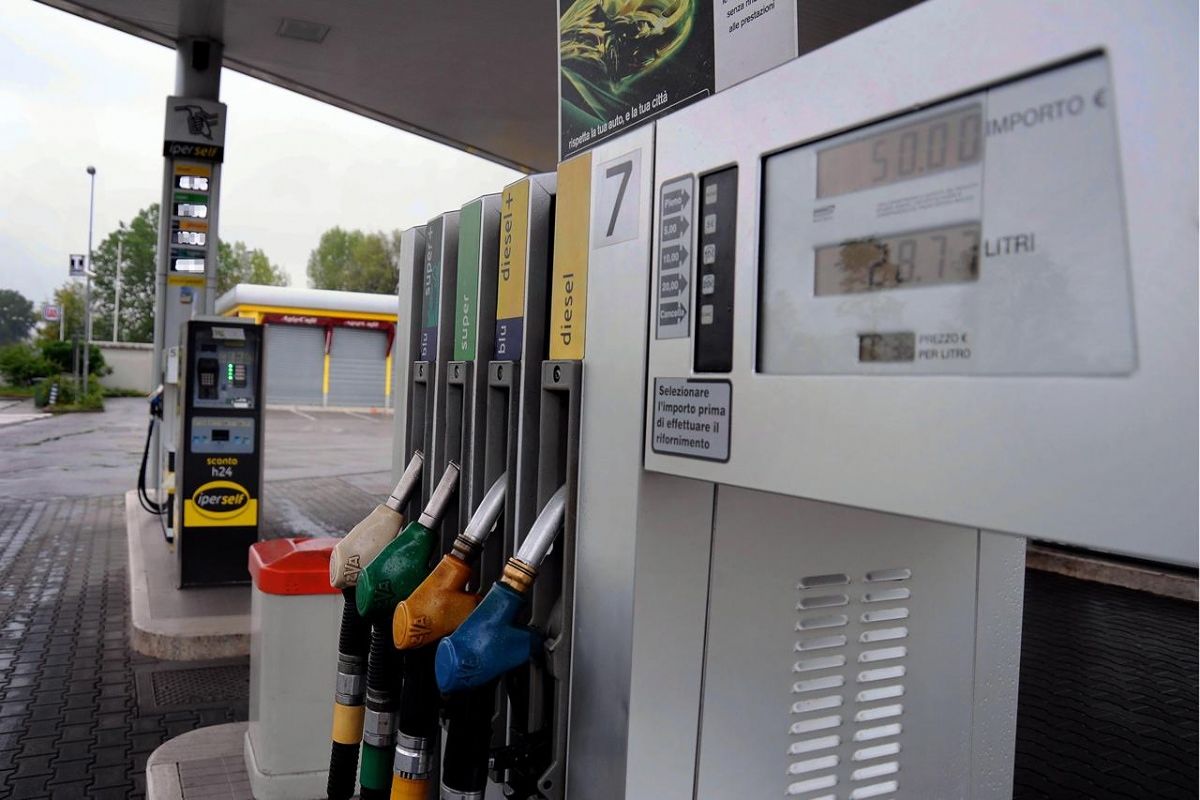Three readers are asking us for roughly the same thing: to have a charging network for electric cars that is as similar as possible, or even coincident, with that of petrol stations. And with the same payment methods. Send your questions to [email protected].
Three years in an electric car and I decided to go back
“HI have read Lorenzo Pagiaro’s letter, and I must say that I fully agree with what he described. After three years of full electric cars and 39,000 km travelled, I reluctantly decided to go back to the hybrid.
I would like to add to what Mr. Pagiaro wrote, that if a policy of energy distributors similar to traditional ones is not adopted, the future of electric mobility will be limited. Mirko Giorgetti
A case of 350 kW HPC refills installed in the distributors of the IP chain. Eni is doing the same with the columns of the subsidiary Plenitude + Be Charge
As in petrol stations: canopies and cash payments
“The rapid columns must be installed in places of public interest and in petrol stations, even on motorways. They must be equipped with canopies and the displays must not be exposed to the sun, to avoid the impossibility of reading.
It must be possible to pay the bill with debit or credit cards and the prices must be unified!„ Ignazio Alfarano
At the column like at the self-service gas station
“SI am very interested in the development of the refueling system at public columns, I think that a real conversion to electric mobility cannot be substantial until it is possible to go to the refueling station as you now go to the petrol station and pay by credit card or cash self-service type regardless of who is the manager of the column and contract obligation or something like that.„ Stefano Messina
But the electric car does not go to refuel
Answer-So, if they have understood correctly, Mirko, Stefano and Ignazio would like petrol stations to be transformed into charging stations. Or if you prefer, that refueling an electric car replicated exactly the experience of a thermal car.
So they imagine one concentrated and reduced network (today there are around 22,000 petrol stations, against 45,000 public recharging points), with refueling stations largely located outside the city centres, often in nowhere, in the open countryside or on large peripheral arterial roads. Where then to wait 20-30 minutes to bring the battery to full, turning the thumbs.
Mirko especially amazes us: if he handled his electric car like that for three years and 36,000 km it is obvious that he is considering retracing his steps.
However, this is not how the vast majority of electric motorists behave. With the electric car no going to refuelbut refueling when the car is stationary. What is needed, therefore, is a charging point wherever the car is parked.
Reload when stationary, anywhere
The simultaneous presence of charging stations and petrol stations makes sense in motorway service stations. Here the virtuous example of the Free to X network
Who has a private parking space and can equip it with a domestic system always recharge at home. Use the public network only occasionally, in the longer trips, making refueling coincide with stops that are however necessary. Whether it’s a meal, a visit to a monument or a business meeting, it will very hardly be a place close to where the petrol pumps are located today.
Who is forced to leave instead the car on the street not having a box or a garage, it needs one capillary network of columns lens to connect to for many hours at night or during work. Also in this case the ideal location does not coincide with that of the current petrol stationswhich I respond to other needs and are subject to completely different constraints.
Gas stations are another matter
Charging stations are not supplied by tankers, but from the electricity grid that already reaches everywhere. The columns do not dispense flammable substances. They occupy a space of one m² at most. They don’t require the presence of employees. They cost relatively little and dozens of them can be installed in every street, every car park, every corporate courtyard. Why not take advantage of it?
Eni is equipping some of its petrol stations with Plenitude+Be Charge columns, selecting those that are most integrated into the urban fabric
Even if the recharge can last from a few tens of minutes to a few hours, the times of connection and disconnection remain a few tens of seconds. After that the car can be abandoned: Canopies and sun protection would be welcome, but not essential. A contract and the relative RFID card from one of the main operators, all interoperable with each other, already give immediate access to 95% of the columns and to automatic payment; Debit and credit cards what great advantages they would give? Ignazio asks for a single rate: isn’t the experience of mobile telephony enough for us to understand that competition is in the interest of us users?
Ok, the model is right. But it has to work
Concluding: the electric car has little to do with the thermal car. A full tank of electrons has little to do with a full tank of petrol. The most efficient way to refuel electricity has little to do with the most efficient way to refuel. Consequentially replicate the model of the distributor for the columns It does not make sense.
The one adopted in Italy for the public charging network will have to be strengthened, but it is correct. It’s very similar all over the world, after all. That still works crapoften very badly, it is beyond doubt: was born just five years ago and is still in run-in. It is there, on quality, that there is still so much to do.
2023-08-28 17:46:00
#electricity #dispensers #fuel #dispensers #Vaielettrico

